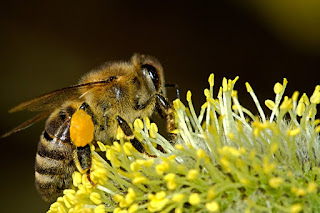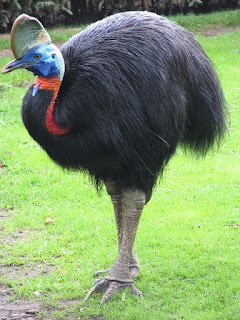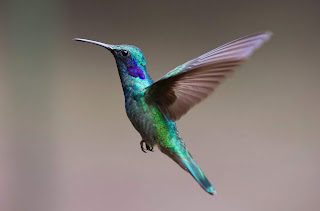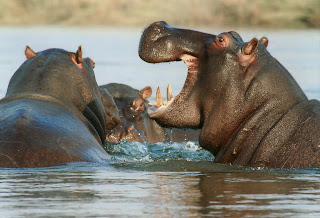How many flower juices have to be sucked to make bees 1 kg honey

Bees have to suck 40 lac (4 Million) floral juice to make 1 kg of honey. only members of the genus Apis are true honey bees.The study of bees, which includes the study of honey bees, is known as melittology. The first Apis bees appear in the fossil record at the Eocene-Oligocene boundary (34 mya), in European deposits. The origin of these prehistoric honey bees does not necessarily indicate Europe as the place of origin of the genus, only that the bees were present in Europe by that time. Few fossil deposits are known from South Asia, the suspected region of honey bee origin, and fewer still have been thoroughly studied. Honey is the complex substance made when bees ingest nectar, process it, and store the substance into honey combs. All living species of Apis have had their honey gathered by indigenous peoples for consumption. A. mellifera and A. cerana are the only species that have had their honey harvested for commercial purposes. Along with this bees are followed for be...


